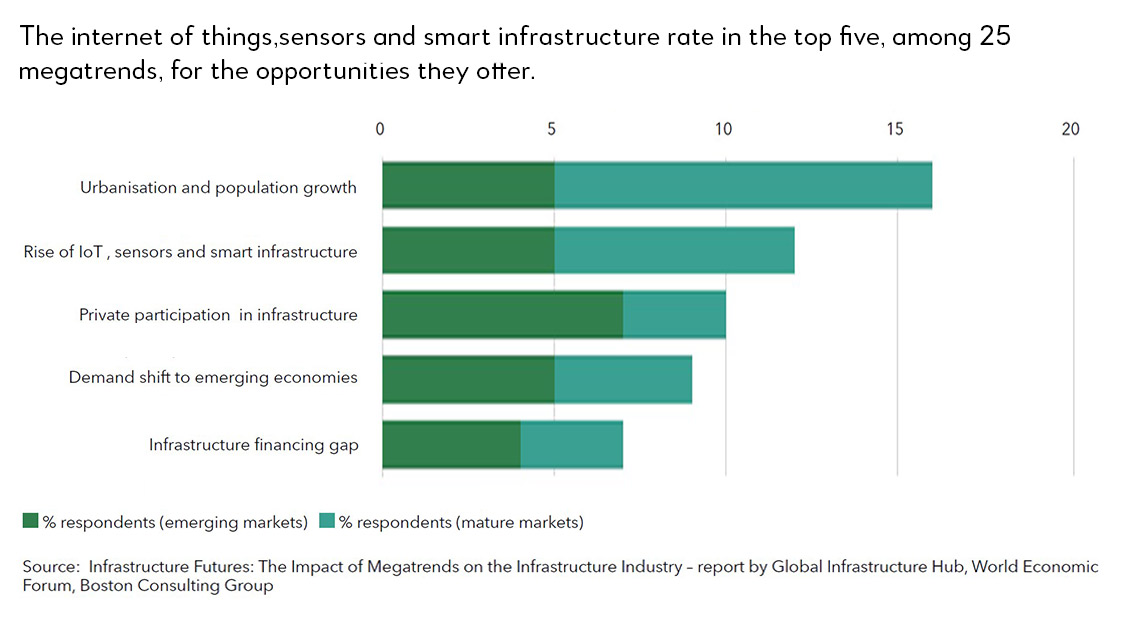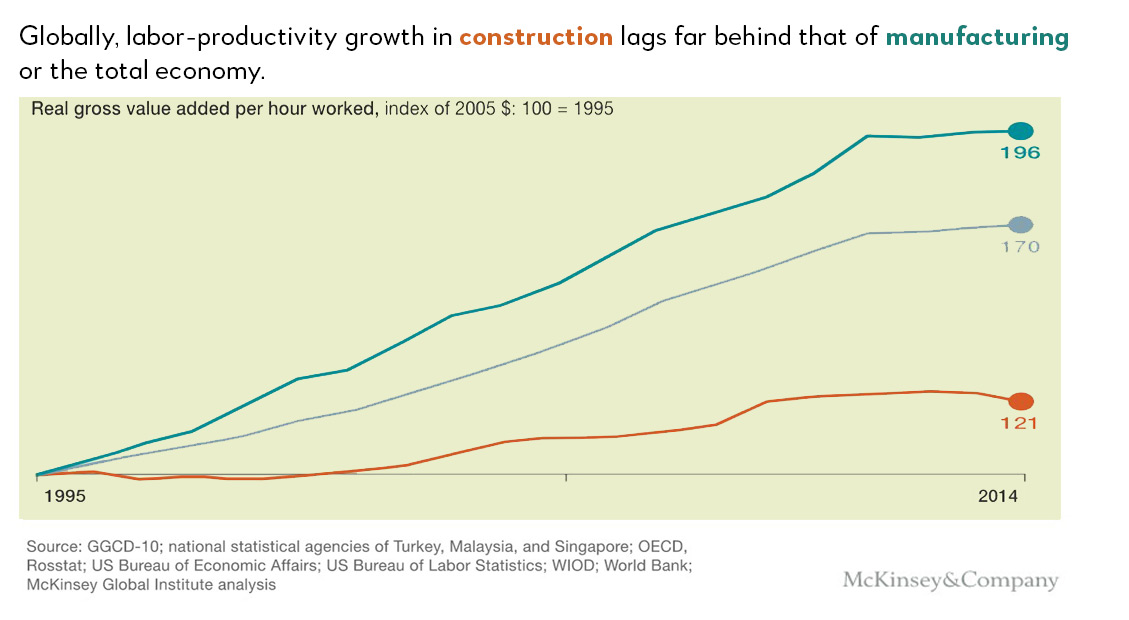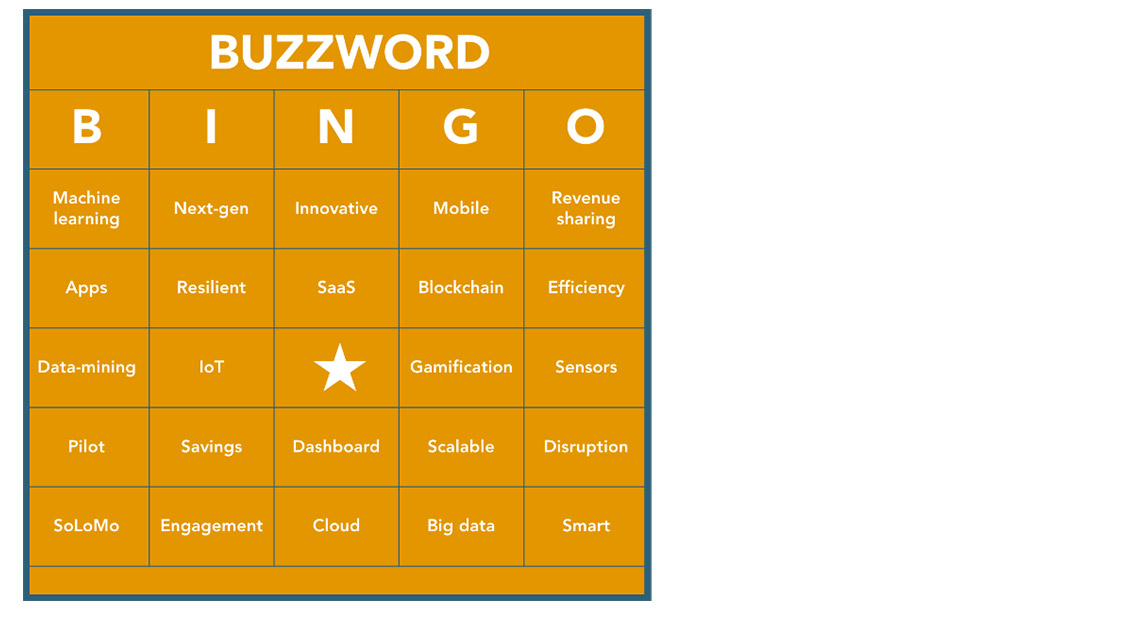This article is a continuation of the discussion that began in Infrastructure: Embracing Technology to Improve Efficiency and Create Good by Paul Lam (2020), which discussed how technology is transforming our modern economy in many ways through improved efficiency and new business models. See also Time to Grow a Digital Backbone (2019) by the same author.
Despite All the Benefits, Why Is the Infrastructure Sector Lagging in Utilizing Digital Technologies?
The InfraTech Report 2020 survey conducted by the Infrastructure Investor magazine (July/August 2020) shows that infrastructure stakeholders are increasingly aware of the rise of smart infrastructure, which is the second most important megatrend for infrastructure. AECOM’s studies show that innovation is seen as the third most important skill for the future of infrastructure, but it is also the least available.

McKinsey also shows that both digitalization and productivity growth of infrastructure construction sectors have been significantly lagging behind other sectors like e-commerce and fintech.

What are the key barriers to integrating technology in infrastructure? Our study shows that many of these barriers are related to limited market access, lack of incentives, and the conventional nature of the infrastructure ecosystem which does not promote innovation or collaborations.
Limited Market Access
- Top-down planning and restrictive procurement arrangements leave very little room for architectural flexibility and process innovations.
- The bidding and funding process can be a nearsighted exercise that leads to time-inconsistent decisions. Decision makers often opt for solutions that require minimum capital expenditures now over those that provide better value over time.
- The lack of value capture in related economic activities of the infrastructure typically leads to less willingness to build more than the basics. Contractors are only incentivized to build the assets according to specified requirements with the lowest costs.
Lack of Incentives
- Infrastructure is seen as a physical asset, instead of something that provides both a service (e.g., roads provide mobility) and an outcome (e.g., roads bring the community together and keeps them connected with other communities).
- Sponsors and investors may treat infrastructure as passive, stable income-generating assets that require minimum active management. Most infrastructure investors typically don’t engage in value creation activities or manage their portfolio actively as growth private equity and venture capital investors.
- Their focus is usually not on growth, but on income predictability and stability; hence, innovation is not a priority.
Conventional Nature of the Infrastructure Ecosystem
- The complicated and conventional nature of the construction and infrastructure ecosystems makes it hard to promote changes and reach innovative solutions. Engineers and contractors can be very risk-averse and tend to plan in accordance with what had been done before or adopt known solutions to minimize risk.
- Fiona Murray, associate dean of MIT and co-director of the MIT Innovation Initiative, says that students “who are graduating from colleges today with a huge amount of technical skills and market understanding don’t typically see infrastructure as an attractive sexy place for them to deploy their expertise.” Even if they do, infrastructure companies lack the high-energy environment that inspires and encourages new ideas.
How Can We Facilitate More Digital Technology Applications in Infrastructure?
Given the specific challenge and context of infrastructure, it is hard to apply technology and innovate infrastructure the same way as for other sectors (e.g. pivoting ideas every two days with design thinking and implementation with quick prototyping through agile sprints). While it is not impossible, it needs a lot of work and pragmatism so as not to fall into the trap of simply using buzzwords to indicate progress.

Source: Buzzword Bingo: Why Cities and Startups Talk Past Each Other & How to Fix It https://medium.com/cityspeak/buzzword-bingo-94cb1e32eef8
Here are some solutions:
Change Mindsets
- Focus on outcomes and users, rather than just bricks and mortar. Instead of simply focusing on minimizing costs, reexamine procurement and regulatory conventions to see how the desired long-term outcomes can actually be achieved more efficiently and effectively. Procuring Innovation in Construction (2017) by British Columbia Construction Association makes some excellent suggestions along these lines.
- Promote collaboration and reduce frictions. Not all technologies have to be disruptive; there are many progressive opportunities that allow integration and collaboration. Sensors, big data, and other technologies that provide “digital layers” on top of the existing infrastructure (e.g., Building Information Management (BIM), predictive maintenance and digital twins) can be quick wins and offer great “foot in the door” opportunities to infrastructure owners.
Find New Ways to Finance and Implement Projects
- Find ways to properly structure and layer infrastructure for different sponsors and funders. The World Economic Forum (WEF) suggests adapting the Open Systems Interconnection (OSI) in the telecommunication industry to other infrastructure sectors by separating the more volatile/technologically driven application layers (e.g. vehicles/traffic control) from the more static physical layers (roads, standards).
- Create experimental test beds and a fertile enabling ecosystem. Instead of rolling out processes at mega infra projects or national plans, get results faster by shifting common metrics and KPIs to cities or smaller scale communities which are nimbler and more flexible. If promoting internal innovation is challenging, try to set up incubators or promote joint venture partnerships between technology and infrastructure companies. Hackathons are always great way to start—ADB, MIT, Engie, etc. have all done this before and there are professional organizers that can help.
Create Incentives and Opportunities
- Create attractions and incentives for the right talents. Bridge the infrastructure and technology sectors by improving the information exchange to allow each side to “know a little bit more about the other side”.
- Take advantage of windows of opportunity for change. Digital and technological transformation can be full of friction and it can be hard to reach consensus. The COVID-19 pandemic is highlighting the importance of digital transformation for resilience. According to McKinsey, the post-crisis recovery is likely to be digitally led. It is an opportunity for decision makers to learn from the crisis and adapt to the new environment. In 2003, Alibaba enabled millions of people to shop online in response to restrictions brought about by SARS, resulting in a significant upswing in the internet and digital economy. A 2020 study by the Asian Infrastructure Investment Bank (AIIB) on the effect of COVID-19 on e-commerce showed that “As concerns over the spread of the COVID-19 pandemic peaked across different countries in late-February and early-March 2020 and trips to brick and mortar stores were curtailed, e-commerce sales experienced a significant acceleration.”
Although it is still too early to say there are clear answers, many industry stakeholders, international organizations and governments are working together to find additional solutions. The G20, WEF and others have all formed workgroups to facilitate infra-tech. The WEF has recently published a community paper on Transforming Infrastructure: Frameworks for Bringing the Fourth Industrial Revolution to Infrastructure.
Join the discussion on the future of technology in infrastructure sectors and the digital divide. Register for AIIB’s Fifth Annual Meeting webinar, with resource persons Dr. Lee Kai-fu (founder of Sinovation Ventures), Daniel Ahn (Founder of Clearvision Venture) and Manuel Etter (VP of Loon, an Alphabet Company). Register here!


